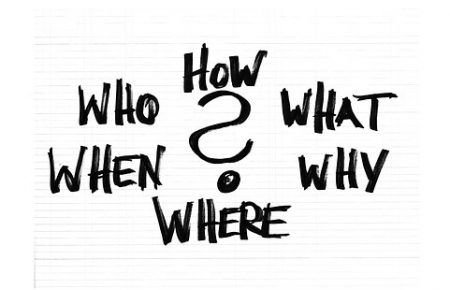Hello everyone! This time, the second part of the English study method series “Listening Study Method”. In particular, there may be many people who have started studying English as adults and are not good at listening. However, you cannot improve your English conversation skills without listening! This time, for those troubled English learners, I would like to share the learning methods and points that even beginners can do.
Features of Japanese and English

Have you ever compared Japanese and English from this perspective? What does visual and auditory language mean? You are wondering there! Let’s compare the characteristics of Japanese and English together.
What is visual language / Japanese?
First, what comes to mind when you look at this?
I sushi food yesterday
Can you say the sentence “I ate sushi yesterday”? Why isn’t it completely understood even though it is not a complete sentence? That’s because Japanese is a visual language. Each kanji we use has a meaning, and we create sentences by connecting them.
What the f is that? You might think so. Even if you can show this suddenly, I ate sushi yesterday usually doesn’t come to mind. In other words, the English alphabet does not have any meaning, but it can finally make sense by combining them to the word level.
Furthermore, English is a language that can only be realized by listening → understanding → speaking. The cycle of communication is different from the cycle of looking at Japanese → understanding → sufficient.
How do I study?

In order to improve our English listening skills, we need to change our consciousness considerably. English is a language that you must rely on your ears more than Japanese, so if you want to connect your listening skills to conversation skills, you need to practice listening to your ears and understanding them.
Listening to collective English sentences and getting used to it
For the reasons I mentioned earlier, you must first get used to understanding English by ear. … and this is what is often said so far, but this time I would like to add two more points.
Listening to a lot of text
First of all, listening to a lot of English is better with sentences instead of words. Rather than listening to a CD that contains only words from English word books, it is recommended that you listen to a CD that contains complete examples using it. The reason is that even if you get used to pronunciation and intonation with your own words, it will change into different intonations and accents if incorporated into the text.
Listening comprehension

The second point is to use “hearing” and “listening” properly. Both of these words mean “Kiku”, but the nuance that hearing is heard. If you hit a kanji, it will be “listen”. On the other hand, listening is the nuance of listening to understand. If you write in kanji, it will be “listen”.
Both of these are necessary to listen a lot. First, prepare a voice and a script for studying, and use them for each step as follows.
1. At first, listen several times to grasp the contents (hearing)
2. Check the script and listen to only the voice to check how many words can be picked up
3. Listen until all the words are picked up by ear (listening)
4. Hearing over and over again (hearing)
Repeat the above 4 steps over and over again with different materials. The left brain is activated for listening, and the right brain is activated for hearing.
What kind of teaching materials do you choose?
Since it is necessary to listen to it over and over again, it is very important what kind of material to choose as a teaching material. Although it is a good practice with scripted news sources and example sentences, it is important to select a source that says “I want to understand this!”
My recommendation!
What I actually used and listened to (watched) were American talk shows such as “Ellen show” and “jimmy Kimmel show”.
You can find many interesting videos with English subtitles on the Internet, so please find a video that you are interested in. Long lasting, this is more important than anything else!
Ellen show https://youtu.be/qwTY7fPirrQ
The desperate child is so cute!
jimmy Kimmel show https://youtu.be/JmZzDXRe3Uo
The child’s reaction when receiving the worst gift is interesting!
Conclusion

How was this listening technique? If you are struggling to speak English, take this study method and try again. I think my ears gradually get used and I can hear them little by little. Then, let me review again at the end.
1. Understand the linguistic differences between English and Japanese!
2. For listening, listen (listen) and listen (listen)!
3. Choose materials that will last longer!
Please improve your listening skills by pressing these three points.
See you again!









































Leave a Reply